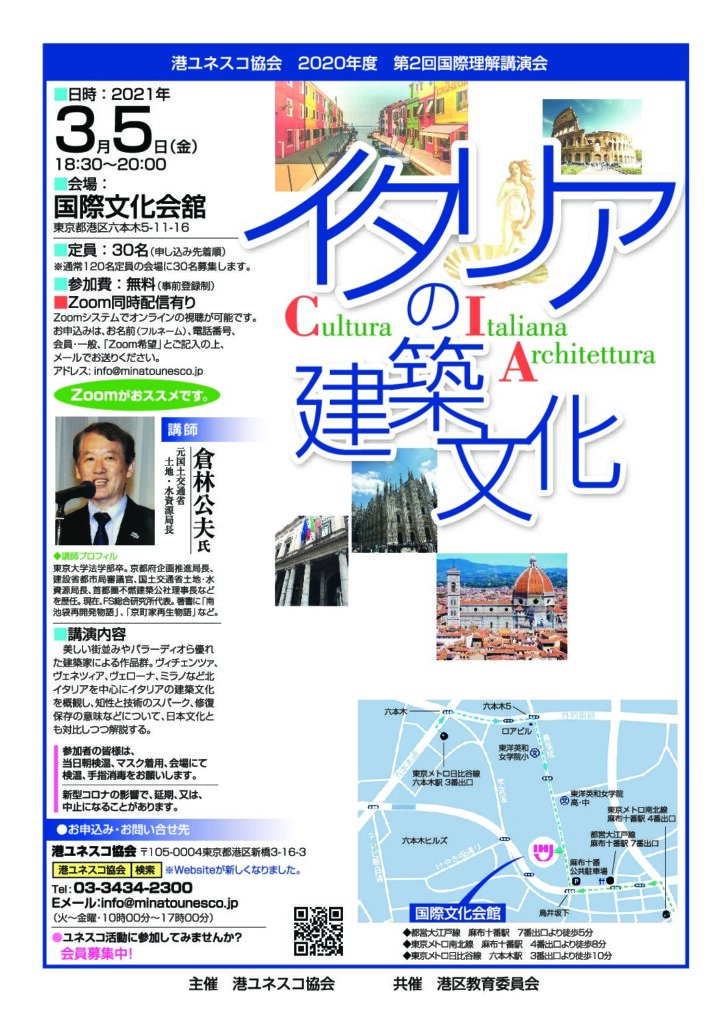The Second 2020 Cross-cultural Awareness Workshop
Architectural Culture of Italy
Speaker: Mr. KURABAYASHI Kimio, President, FS Research Laboratory; Former Director of Land and Water Resources Bureau, Ministry of Land, Infrastructure, Transport and Tourism
Date & Time: March 5, 2021 (18:30 – 20:00)
Venue: International House of Japan
Co-sponsor: Minato City Board of Education
“Italian Journey” written by GOETHE:
GOETHE is a great German writer with many loves. He was also well upon architecture. While he demonstrated his skills as an administrative officer in Weimar, he suddenly traveled to Italy without telling his lord. He was an ultimate man of freedom staying away from the bonds of loves as well as works. Being exposed to arts and architectures of Italy, he gradually devoted himself to neoclassicism. Let’s get on an intellectual journey walking around architectures in Italy.
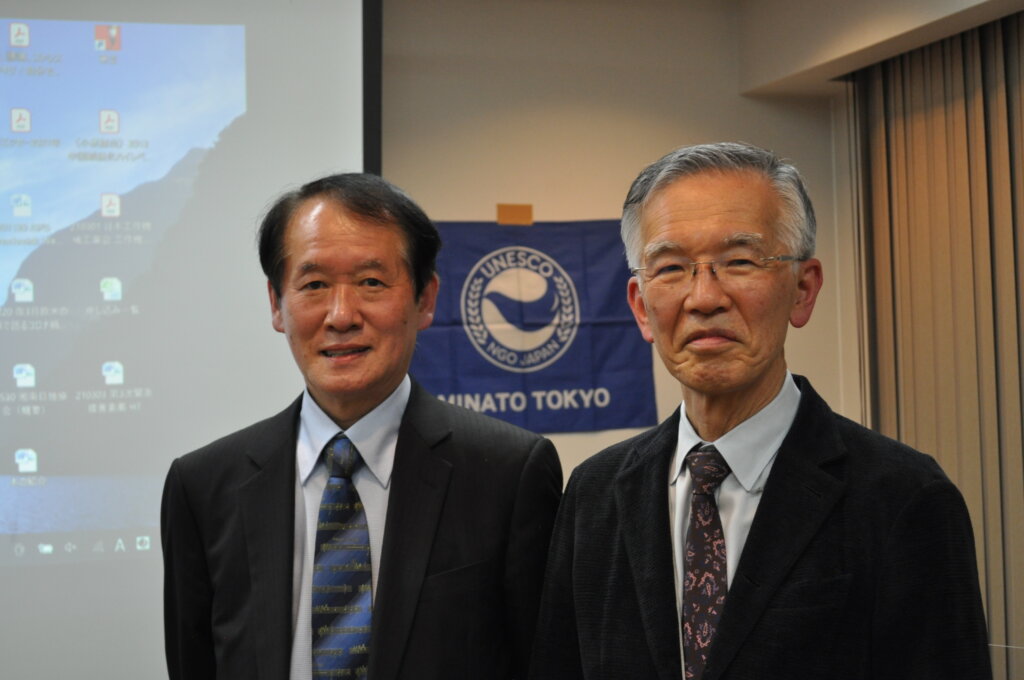
Verona:
There is an amphitheater there. It was built around the same time as Colosseum in Rome. But it has been well maintained since the 16th century and concerts are held there even now.
Vicenza:
A city where Andrea PALLADIO an Italian architect in the age of Renaissance was borne. The city in its entirety looks as though it was built as an exhibition hall for the works of PALLADIO. It is well characterized by its corridor and pillars are built in the style of Ancient Rome or Greek architecture. There also exists Teatro Olimpico which looks like a castle of middle Age renovated into a theater of ancient Rome.
Difficulty of Conservation:
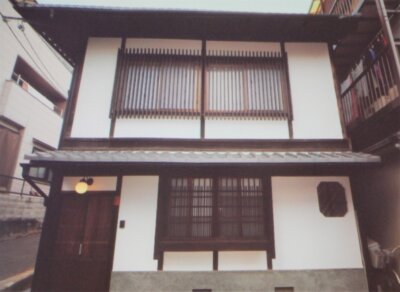
It calls for enormous efforts to maintain PALLADIO’s works. I once was involved in the maintenance work of Kyoto’s Townhouses which required far more money than building new houses. Kyoto’s Townhouses could not have been built after the Building Standard Act was put into effect back in 1950. They only could be kept by way of refurbishment. Current conventional method of construction provides a house with strength to survive earthquakes by pillars and walls, while Kyoto’s Townhouses are provided with seismic isolation structure. They do not compete with the power of nature by utmost efforts but absorb the power through transformation. There remain 20,000 Kyoto’s Townhouses currently but they are declining rapidly as they call for a great amount of expenses for refurbishment.
Refurbishment of houses owned by REIZEI Family is eligible for subsidies but ordinary townhouses are not. While the situation is same in Vicenza, I recognize a high level of consciousness in the mind of people there as they continue conservation efforts on their own.
Creation and Imitation:
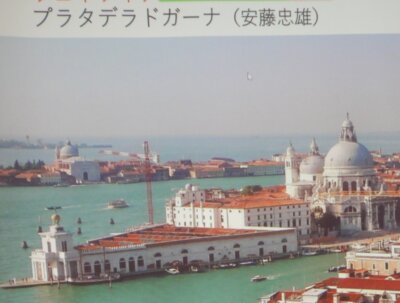
In Vicenza GOETHE came across a debate session titled which of creation and imitation brought about effectiveness in art. I personally am interested in this theme. Artists are excessively expected to be original. Artists are instantly accused of their works if people recognize even a little similarity with a work of others. Arts cannot make progress under such circumstances. Adoration for great works create great works. It was exactly so during the period of the Renaissance. When ANDO Tadao, a Japanese architect, was selected in the competition process for refurbishing an old customs ruins in Venice into a museum,there occurred pros and cons as a Japanese was selected for such a work. He however did a great job. He made the most of the old material. The polished concrete wall presented a luxurious image. I was deeply moved by an iron gate being similar to a Japanese style gate made of knitted bamboos. I found a similar iron gate when I observed the interior decoration of the famous Olivetti shop built by Carlo SCARPA an architect in Saint Mark’s Square. There exists Castelvecchio in Verona, a marvelous museum altered by SCARPA from a castle of the Middle Ages. There was a gate similar to the one made of knitted bamboos as well. Is it an imitation? No, it was a good example of adoration for the great work created the great work.
Birth of a Genius:

There was another Japanese garden in Kyoto I liked very much in addition to Shugakuin Imperial Villa owned by Emperor GO-MIZU-NO-O. That is the garden of Heian Shrine. I could not speak it out, however, as the person who built it was a mere planter. There exists a villa named “Murin-an” owned by YAMAGATA Aritomo, an elder statesman in the days of the Meiji Restoration. He thought that while gardens of Western Europe and traditional Japanese rock gardens are marvelous, fields and mountains as well as rural landscape in Japan are so beautiful. He wanted to build a garden that has such beautiful scenery. As YAMAGATA was not blessed with the ability for building a garden, he invited OGAWA Jihei, a gardener. The garden of Murin-an was built as the result of their yelling at each other regardless of the difference in their social positions. Planter Jihei’s genius flowered at last. Most of the gardens in Meiji era were built by Jihei. Jihei was blessed with the ability forbuilding gardens but not with ideas which was provided by YAMAGATA. Kyu-Furukawa Garden and the garden of this International House of Japan were both built by Jihei. PALLADIO was a mere mason as well. Gian Giorgio TRISSINO a noble humanist acknowledged the ability of PALLADIO, and provided him with the education on Latin, music and art. Knowledge without technological background is in vain while the technology without intellectual background only generates products without much value. Well matched knowledge and technology gives birth to a genius.
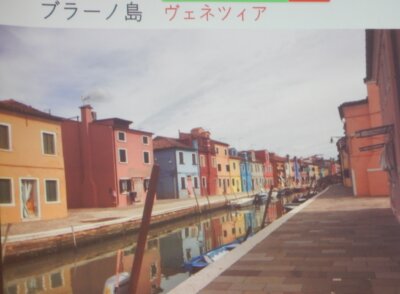
Color:
Exterior walls of buildings and houses in Burano, Venice are painted colorfully and beautiful. In Burano, people moved around on a boat in waterway, but foggy days made it difficult for them to identify their own houses. This is why they started to paint their houses. A bell tower on Burano is tilted. The bell tower built in front of Saint Mark’s Basilica in Venice which GOETHE once visited fell down in 1902. (It was rebuilt later.) Towers built by stones would fall.
People Connecting to Posterity:
PALLADIO once took the world by storm, but gradually forgotten by people through the passage of time. An English architect Inigo JONES discovered PALLADIO and wrote books on him. GOETHE came to Vicenza as he read this book. Jakob Ludwig Felix MENDELSSOHN discovered Johan Sebastian BACH and played BACH’s musical pieces frequently which widely spread the excellent works of BACH among people. Japanese history books and classical literatures were discovered by HANAWA Hokiichi who was a blind scholar in the Edo Period. He gave feudal lord or court aristocracy a massage and let them read those books locked up in their residence in return for the massaging service. Thus, he discovered many valuable books and eventually published them. Helen KELLER stated on her visit to Japan that she has been looking forward to visiting Japan where HANAWA Hokiichi was borne whose books her mother repeatedly read for her. These people are not creators but connect genius to posterity.
Rome:
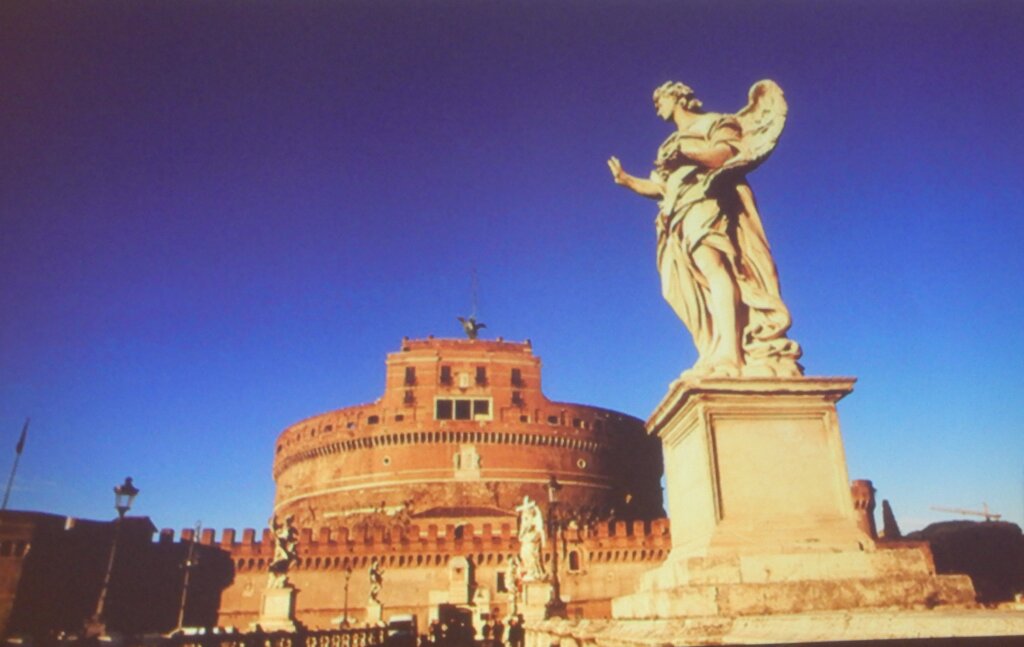
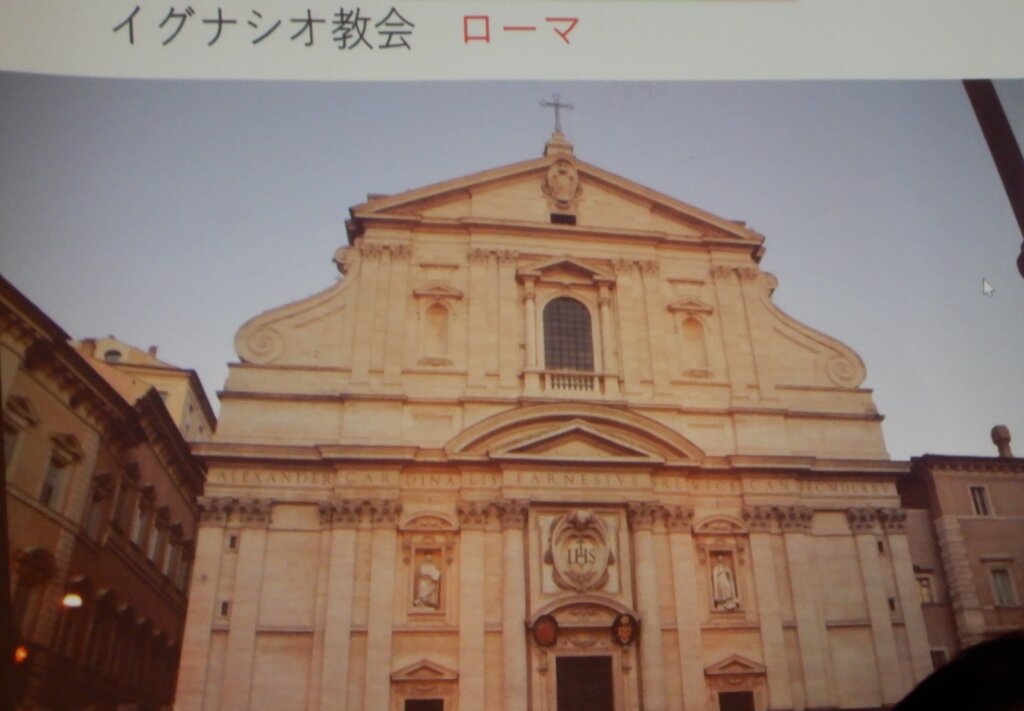
Pantheon was renovated by Publius Aelius Trajanus HADRIANUS (the period of reign 117 – 138). It miraculously remains the appearance at that time. Castel Sant’Angelo was built at the command of HADRIANUS as well. It was the location of Tosca composed by PUCCINI, and physically connected to St. Peters Basilica 700 meters away, where the hero ran away in the story of Angels and Demons, the third book of Da Vinci Code.
St. Ignatius Church is the head church of the Society of Jesus. As the result of Catholic Reformation, Ignacio LOPEZ de LOYOLA and Francis de XAVIER expanded missionary activities to Germany, the New Continent and Asia. The ceiling of church is trompe l’oeil instead of arched ceiling.
Cicily:
Massimo Theater in Palermo was constructed in 1879. Though GOETHE did not see it, it was the third biggest theater in the world. It became known to people as it was shown in the film of Godfather Part III. In the horrible last scene of the film, the interlude of the opera Cavalleria Lusticana was quietly played.
Florence:
In Florence, there exist a cathedral which served as the setting of a film titled “Calm and Passion”, Ponte Veccio that was referred to in the opera “Gianni Schicci” as the place from which a daughter said she would throw herself if her marriage wasn’t allowed by her parents, and Uffizi Gallery which owns The Birth of Venus.
Milan:

Milan is the city which is, in a sense, generous to foreign talents, as the city was dominated by France and Austria alternately. There are beautifully designed buildings produced by ISOZAKI Arata or Zaha HADID in the Expo Site. It is quite understandable that there exist Milan Cathedral there which is the gothic masterwork that was in fashion centering France and Germany. A genius architect GIO PONTI built a beautiful building in Milan that was burnt down during the World War II. An apartment house covered by plants became famous recently.
(Written by YAMADA Yuko, the International Science & Culture Committee, and translated by SUDA Yasushi, the PR & Internet Committee Associate)
